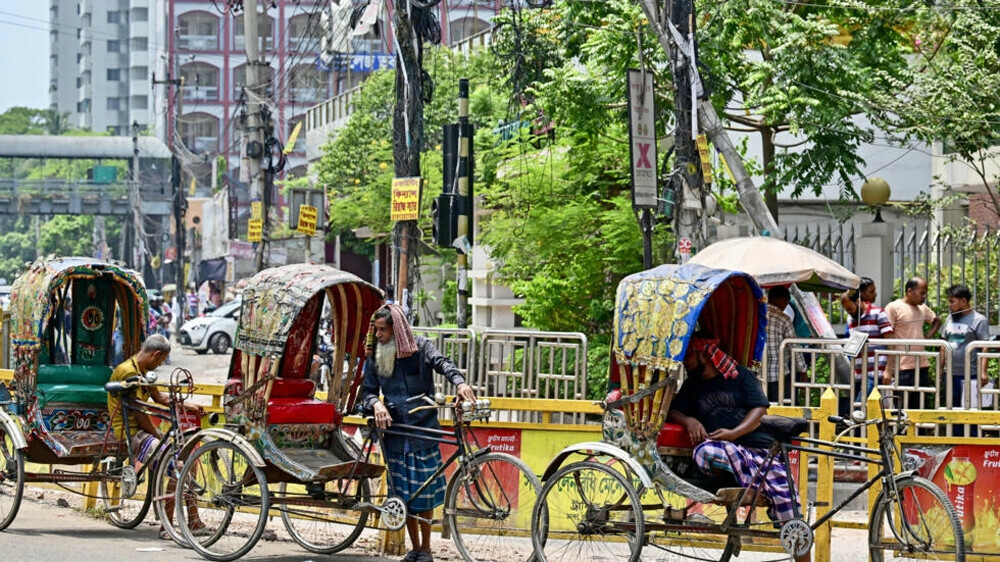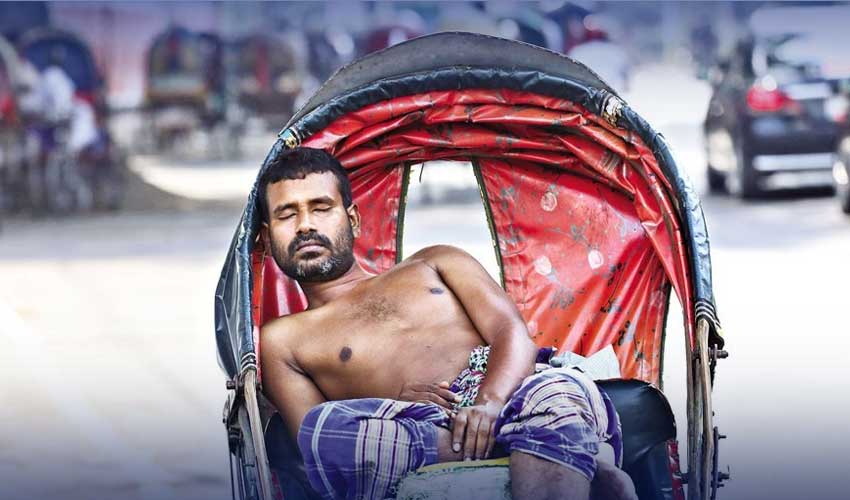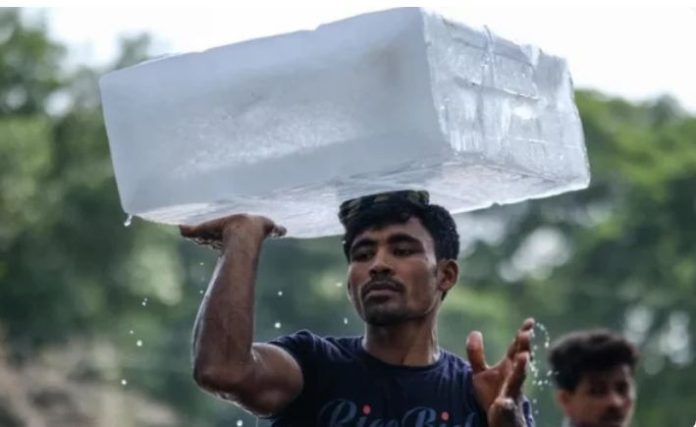DHAKA, APR 26: Due to the intense heat, schools have been suspended throughout Bangladesh; but Mohua Akter Nur, a high school student, found the soaring temperatures at home left her in no state for homework, according to AFP.
This week, as the South Asian country swelters under one of its worst heatwaves on record, with temperatures 45 degrees Celsius (7.2-9 degrees Fahrenheit) above the long-term average, millions of students have been told to stay home.
In Dhaka, the capital, very few schools have air conditioning, so it would have been useless to try to hold classes. However, 13-year-old Nur was not satisfied by the government’s decision to close schools.

Her parents and younger brother lives in a small, one-room apartment in the megacity, which feels almost as stuffy as the streets outside.
“The heat is intolerable. Our school is shut, but I can’t study at home. The electric fan does not cool us,” she told AFP. “When the power went out for an hour or two, it felt terrible.”
‘Unbearable’
Rumana Islam, Nur’s mother, was exhausted from cooking for her family and exhausted, as she lay down in a corner of their house.
“Last year was hot, but this year is too hot — more than ever. Just unbearable,” she said.
“In villages, you can step out and cool yourself under the shade of trees. “There is some breeze coming from the farmland. But here in Dhaka, all you can do is sit at home.”
Over 42C (108F) temperatures have been recorded nationwide throughout the previous week. Thousands of Bangladeshis went to rural fields and mosques in the city to pray for a break from the intense heat, which is expected to last throughout the weekend, according to weather forecasts.
Authorities in Bangladesh anticipate that schools will resume on April 28 before a predicted drop in temperature. Numerous scientific studies have revealed that heat waves have become longer, more frequent, and more powerful due to climate change.
According to UN estimates released this week, Asia will be the most vulnerable to weather-related disasters in 2023, with storms and floods accounting for the majority of deaths and financial damage.
This week has seen millions of people in South and Southeast Asia suffer unseasonably high temperatures once more.
Due to its frequent and severe floods and strong cyclones, Bangladesh, home to 171 million people, is already at the forefront of the global climate problem.

‘Like you are burning’
The country’s south is seeing a diarrhoea epidemic as a result of the most recent severe weather since higher temperatures have increased the salinity of local water supplies.
In the vicinity of Nur’s family’s tenement building, several low-income families attempted to ward off the worst of the heat by sleeping through the day in their homes.
Like Nur’s father and many of their neighbours, Mohammad Yusuf, 40, earns a living as a driver. He said, “The heat is so intense that it’s tough to be out driving in these conditions.”
“You can get some respite when the air conditioner is on,” he said. “But when you are outside, it feels like you are burning”.

















